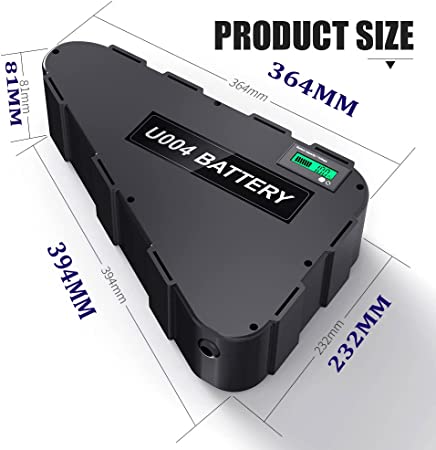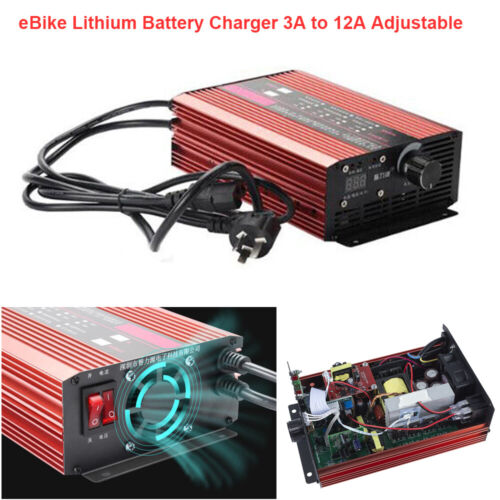I'm merely pointing out that your assumption about that Turnigy RC Lipo Battery is incorrect. You're not alone as there are more than a few that figure likewise (wrong). It's a mistaken assumption by many RC Lipo enthusiasts. You are mistaken in thinking that a 20AH rating of that RC Turnigy Lipo Battery is the same as a 20A MCD power rating. Many RC enthusiasts are hood-winked into thinking that a RC 20AH Lipo with a 12C discharge rating has a usable discharge rating as high as 240 sustained amps (12C x 20AH = discharge rate of 240 amps).
Although i'm sure they know better and believe that if they tried to see how much juice their RC Lipo can deliver at 240amps for how long they would wakeup quick. Your previous post was evidence that you may still believe 240amps is sustainable. To do so gets expensive until you realize it's a marketing gimmick (12C x 20AH = 240amps of available sustainable Power .. but for how long).
It is long overdue to expose this RC marketing for what it really is. Instead of you brushing it off (12C x 20AH as equallng 240 amps of continuous power) as if i'm wrong it would instead be helpful if you don't accuse me bringing it to your attention as "Silly". Where better to expose this marketing gimmick, but at ES where RC Lipo enthusiasts sometimes post about building a powerful e-bike RC Lipo battery
Likewise i'm not out of line in also informing the OP that he could very well be better off with a Lion battery that comes with a charger and built-in BMS costing less. You might agree that one reason he decided on powering his e-bike with those RC Turnigy was because of Turnigy's marketing comeon (240amps of potential POWER).
Just because the majority of ES threads are more about POWER than Capacity doesn't mean Common Sense is now out of favor in the 21st century or maybe it is going out of style. It doesn't take a stretch to see how RC enthusiasts thirst for power can easily mislead one to think a RC Lipo 20AH rating is the same as a 20A power rating. It very well could be a 20A rating if it's a [exaggerated] 50C rating. If truly only an 8amp rating then 12C x 8A = 96amps (not 240amps).
The OP, You, others and myself can get along that RC marketing impressive gimmictry as acceptable ... as long as one understands the deception so that they don't have puffed/swelled packs well before their time -




